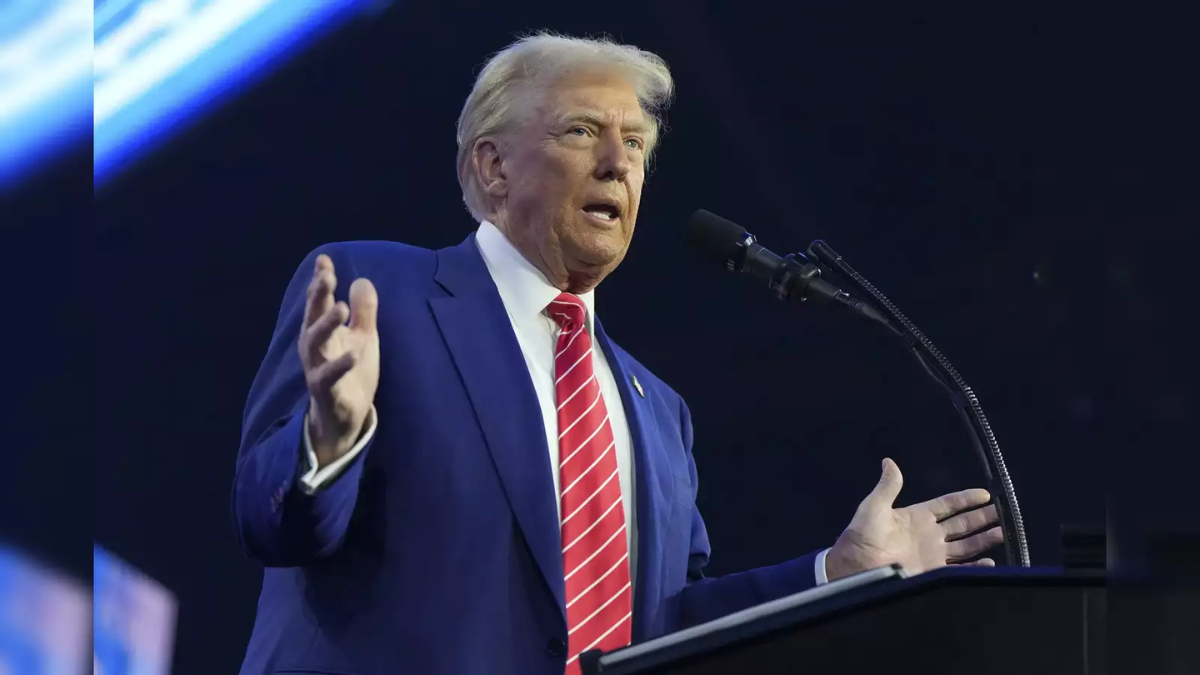As Donald J. Trump prepares to potentially take office again in 2025, many Americans are asking whether he could resolve Social Security’s most pressing issue: its long-term financial solvency. Social Security, a cornerstone of the U.S. safety net, faces significant challenges as trust funds are projected to be depleted by 2033 unless action is taken. Could Trump’s leadership and policies address this critical concern?
The Social Security Crisis Explained
Social Security relies on payroll taxes from workers and employers to fund benefits. However, with an aging population, a declining worker-to-beneficiary ratio, and rising life expectancies, the program is paying out more than it collects. The Social Security Administration warns that without intervention, beneficiaries could face a reduction in benefits by 2033.
This looming shortfall has spurred debate on how to secure the program’s future. Proposals range from raising the retirement age to increasing payroll taxes or even privatizing aspects of the system.
Trump’s Stance on Social Security
During his previous tenure, Donald Trump pledged not to cut Social Security benefits. His 2020 campaign emphasized protecting entitlements for seniors, though critics pointed out his payroll tax holiday could have temporarily reduced funding for the program.
For 2025, Trump has not outlined a detailed plan, but his economic policies may influence potential solutions. Trump’s focus on economic growth, job creation, and tax reforms could generate higher payroll tax revenues, indirectly bolstering Social Security funding. However, long-term structural changes may still be necessary to ensure the program’s sustainability.
Possible Solutions Under Trump
1. Economic Growth
Trump’s policies often prioritize deregulation and tax cuts to spur economic growth. A robust economy could lead to higher employment rates and increased payroll contributions to Social Security. While growth alone is unlikely to solve the deficit, it could delay the trust fund depletion.
2. Privatization
Some Republican policymakers support partial privatization, allowing younger workers to invest a portion of their payroll taxes in personal accounts. Trump has not explicitly endorsed this approach, but it could align with his broader economic philosophy. Critics argue that privatization introduces risks and could undermine the guaranteed nature of benefits.
3. Raising the Payroll Tax Cap
Currently, income above $160,200 (as of 2023) is not subject to payroll taxes. Raising or eliminating this cap could significantly boost Social Security revenues. While this option might face resistance from Trump’s base, it is a potential compromise that preserves benefits without cutting them.
4. Adjusting Benefits
Another option involves recalculating benefits for high-income earners or gradually raising the retirement age to reflect increased life expectancy. While Trump has been reluctant to reduce benefits, he may consider targeted adjustments to protect lower-income beneficiaries.
Challenges to Reform
Fixing Social Security is a politically sensitive issue, with strong opposition to both benefit cuts and tax increases. Trump would need bipartisan support in Congress to enact meaningful reforms. Additionally, any changes would likely face scrutiny from advocacy groups and the public.
The Path Forward
If Trump aims to address Social Security’s challenges in 2025, his administration would need to propose a comprehensive strategy early in his term. A combination of economic growth initiatives, revenue adjustments, and bipartisan compromise could pave the way for long-term solvency. However, given the program’s complexity, achieving a lasting solution will require balancing fiscal responsibility with the needs of millions of retirees and workers.
For more insights on Social Security reforms and policy updates, visit the Social Security Administration.
Note: Every piece of content is rigorously reviewed by our team of experienced writers and editors to ensure its accuracy. Our writers use credible sources and adhere to strict fact-checking protocols to verify all claims and data before publication. If an error is identified, we promptly correct it and strive for transparency in all updates.







